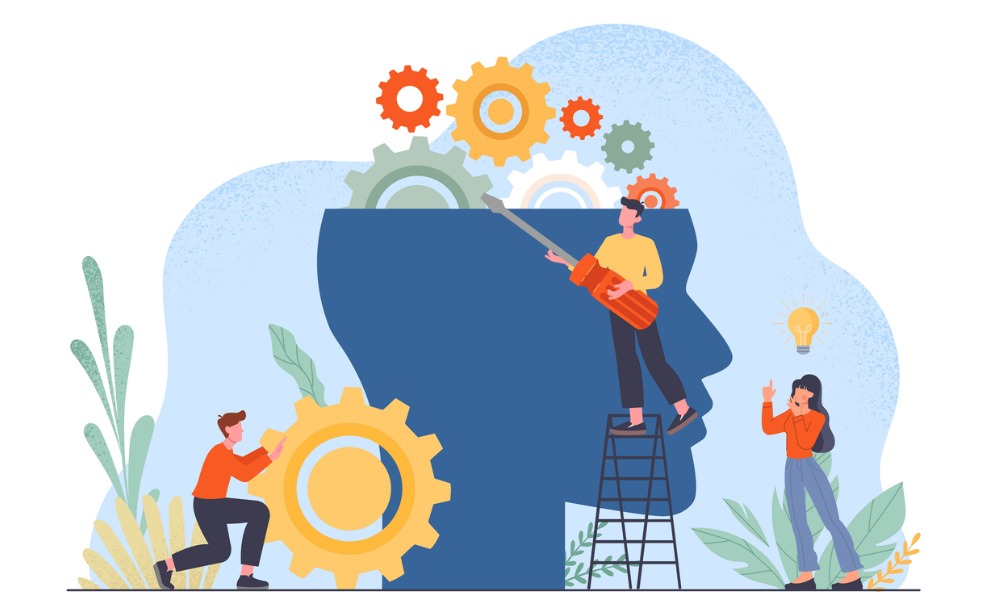
Indeed's wellness report shows increased levels of happiness – but a key piece of the puzzle is still missing

Three years on from the start of the pandemic, and Australians are settling into a new rhythm at work. For employers, there is good news
Indeed has released its second annual Wellness at Work report, which reveals that 6
According to Indeed talent strategy advisor Lauren Anderson, having COVID-19 well and truly in the rearview mirror has led to some significant improvements in happiness. However, she notes that this year’s report focused on ‘thriving’ – and of the employees surveyed, only 23% agreed that they were thriving at work.
“Happiness, purpose and satisfaction is certainly important, but it’s not everything,” Anderson tells HRD. “There is a broader conversation to be had around wellbeing beyond just being happy.”
When asked what ‘thriving’ meant to them, the top response from employees was having a good work-life balance. But according to the Wellness at Work report, Australia may be lagging behind in this category more than we realise.
Anderson notes that work-life balance may well be the “pinch point” for Australian businesses when it comes to wellbeing, particularly as we face rising levels of stress and burnout.
“Whilst we are happier, we are still facing that work-life balance challenge,” Anderson says.
“46% of respondents say they’ve experienced stress or burnout in their current or most recent job.”
“Connection is the other big challenge,” she continues.
“We have a loneliness and isolation epidemic, and 24% of the people we surveyed said they experience loneliness or isolation in their current
So, how can employers address these issues? When it comes to connection, Anderson says organisations should help build authentic, one-on-one connections without getting in the way – and if necessary, they should put cash down to make this happen.
“The thing that’s worked for purely remote businesses is reinvesting what they’ve saved on office rent into the connection element of the business,” she explains.
“That means putting money aside to get people together with intention.
Employers should also look at the benefits they offer, and what the current uptake level is. Anderson notes that there was a lot of benefit growth throughout the pandemic – and while that was a good thing, not all benefits
Finally, employers need to lead the work-life balance conversation, and work out what that means for their people. For some that might mean a hard stop at 5pm, while others may prefer to work after hours while taking time back for themselves during the day.
“Compensation is also a huge driver of wellbeing,” Anderson adds.
“Assess that your salaries are market-fit. Culture isn’t made on salary alone, but it’s hard for a team to enjoy all of your benefits if their salary isn’t fit for the current environment. Without that piece of the puzzle, a lot of your hard work can fall away.”
“Finally, there’s a big opportunity for businesses to invest into mental health services at every level, not just at ‘top of organisation’ or HR level,” Anderson concludes.
“Think about whether you could reinvest some of the money you’ve spent on days of recognition, for example. Could that be better apportioned to ensuring middle management and direct leaders have mental health first aid training? They’re more likely than anyone to
For more information and to read the latest insights, download